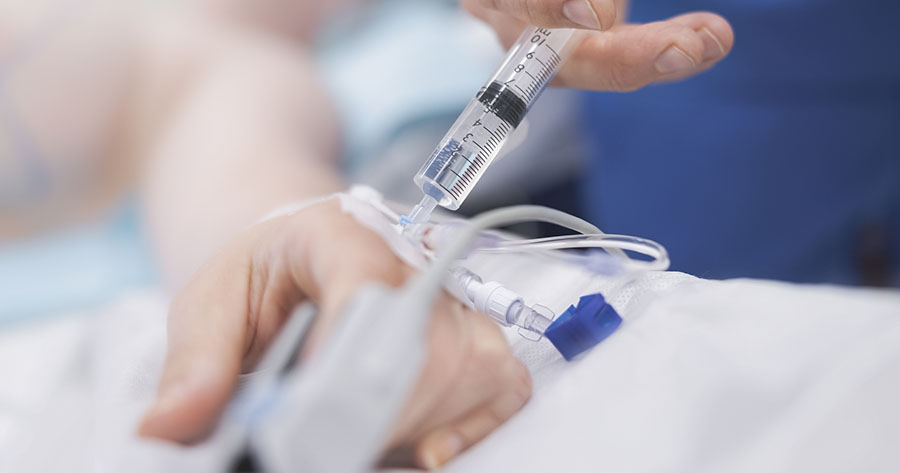NICE has published draft guidance recommending Medtronic’s integrated sensor-augmented insulin pump therapy system, the MiniMed Paradigm Veo, which can suspend insulin delivery if blood glucose levels fall dangerously low. The draft recommends the system as an option for people who have repeated episodes of disabling hypoglycaemia despite being on optimal management with continuous subcutaneous insulin infusion.
NICE notes that some 30% of people with type 1 diabetes have problematic hypoglycaemia. The Paradigm Veo system has three components: a continuous glucose monitoring (CGM) sensor, an insulin pump and a wireless transmitter that sends glucose readings to the pump. An alarm lets the user know if blood glucose levels become too high or too low, and the device automatically suspends insulin delivery for 2 hours if the user does not respond to the low-glucose alert. Capillary blood glucose tests are still required to confirm the accuracy of the CGM sensor.
Commenting on the draft guidance, Professor Carole Longson, the NICE Health Technology Evaluation Centre Director, said: “One of the greatest fears for people with type 1 diabetes and their carers is severe hypoglycaemia. This can have a substantial impact on quality of life by leading people to restrict their daily activities. It can also cause significant anxiety for carers, particularly parents who may have to wake several times a night to check on their child.
“The Committee concluded that using the MiniMed Paradigm Veo System may help people with type 1 diabetes improve their glucose control and consequently may reduce the number of diabetes-related complications and improve their quality of life. Using the system may also make it easier for people to adhere to treatment.
“The ability of the MiniMed Paradigm Veo system to automatically suspend insulin delivery when it predicts the person’s glucose levels will become too low could help in reducing the incidence of hypoglycaemia that happens during sleep and its associated anxiety. The system could also offer benefits to the NHS through cost and resource savings by reducing the number of hospital admissions and consultations associated with diabetes-related complications.”
Professor Longson added that the evidence base to support the best use of integrated sensor augmented pump therapy systems needs to be improved, and that the manufacturer should collect and publish data to demonstrate that using the system has a sustained clinical impact on preventing hypoglycaemia.
A further integrated automatic glucose monitoring system that does not have the low glucose suspect function – the Vibe and G4 PLATINUM CGM system – was also considered as part of this evaluation but was not recommended, owing to lack of evidence of efficacy.
The draft guidance will be reviewed on 30th September following consultation. Stakeholders are invited to submit their comments by 25th August.
The draft guidelines and consultation documents can be found here.





